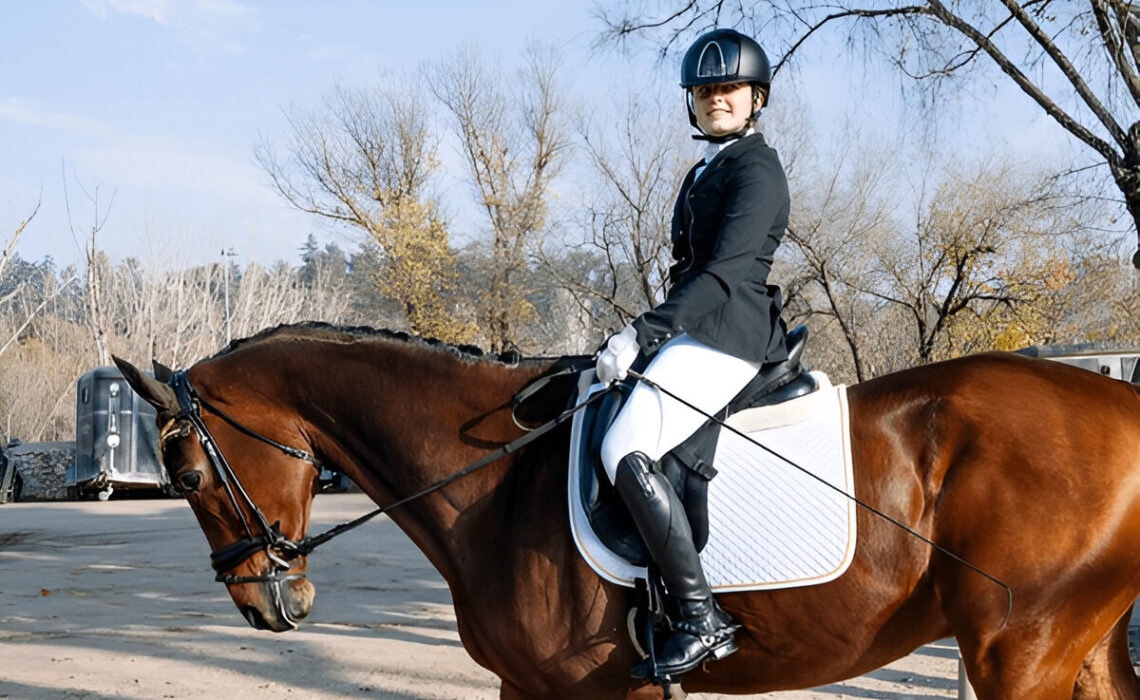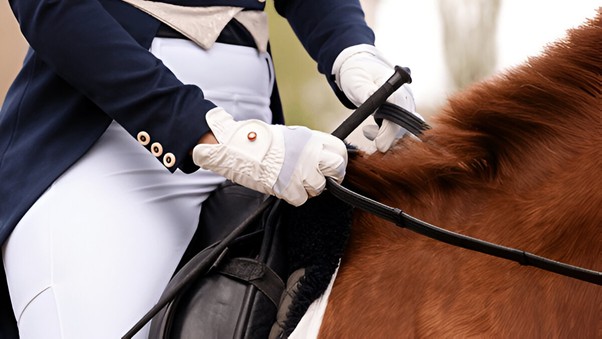
Have you ever wondered if a great horse-riding jacket could truly improve your confidence in the saddle? Or perhaps you find yourself asking how a simple piece of clothing can offer both protective benefits and a stylish silhouette. If so, you’ve come to the right place! When it comes to blending safety and fashion, horse riding jackets are in a league of their own. They’re designed to keep you comfortable while also offering practical support for everything from everyday trots to high-stakes competition arenas.
By the time you finish reading, you’ll understand precisely which key qualities make an excellent riding jacket. You’ll also discover tips on finding horse jackets for sale in Australia, how to ensure a proper fit, and the latest style trends worth noting. So, let’s get stuck into the world of horse-riding jackets and find out how you can level up your riding experience by carefully choosing the right one.
Overview: Why Horse Riding Jackets Matter
Horse riding has been a beloved pastime and competitive sport in many parts of the world, including Australia, for centuries. While most riders focus on saddles, boots, and helmets when thinking about safety, jackets often don’t get the attention they deserve. In reality, a well-chosen horse-riding jacket can mean the difference between an enjoyable experience and ending up cold, wet, or poorly protected from falls or weather extremes.
Moreover, horse riding jackets are crafted to complement the rest of your riding gear. They often feature handy pockets for storing the essentials you might need out in the paddock—such as keys or a mobile phone—and can be tailored to match show standards if you’re planning on competing. Whether you’re aiming for style or focused purely on practicality, these jackets offer a versatile solution that addresses multiple rider needs at once.
How Do Horse Riding Jackets Improve Rider Safety
Safety is a top priority for any horse rider, and your jacket plays an important role in achieving that. While helmets and tough riding boots protect your head and feet, respectively, a jacket helps shield your core against the elements and minor tumbles. Many horse riding show jackets and everyday riding jackets are designed with reinforced stitching that doesn’t tear easily, offering an added line of defence in case you take a fall.
What’s more, having a dedicated horse riding jacket ensures you’re always dressed for the occasion. When you’re dealing with unpredictable weather, a water-resistant or waterproof jacket keeps you dry and prevents the chills. Staying warm and dry means you’re less likely to be distracted by discomfort, allowing you to fully concentrate on your horse and your surroundings. Ultimately, the right jacket isn’t just a fashion statement—it’s a tool that helps keep you safe.
Types of Horse Riding Jackets
Everyday Riding Jackets vs. Horse Riding Show Jackets
Everyday riding jackets and show riding jackets Australia-based riders use are created with different objectives in mind. An everyday riding jacket is generally lightweight and practical, designed for daily wear during training sessions or casual rides. They often have multiple pockets, durable zippers, and fabrics that stand up to heavy use. They also aim to provide ample room for layering, depending on the weather.
What Is the Difference Between Show Riding Jackets and Other Styles?
Show riding jackets differ from regular riding jackets mainly in terms of formality and design details. Horse show jackets are subject to regulations in competitions, which often stipulate certain lengths, fits, and colour schemes. While everyday riding jackets might come in bold prints or thick quilted materials, show jackets usually stick to stylish but understated colours like navy, black, grey, or even tweed variations to meet formal dress codes.
Horse Show Jackets Mandatory in Australian Competitions
For many formal competitions in Australia, yes, horse show jackets are mandatory. Different disciplines have varying rules, but most official showjumping, dressage, and eventing competitions will require riders to sport a proper show jacket. This requirement stems from tradition as well as from maintaining a polished image for both the riders and the sport as a whole.
Key Features to Look For
Understanding Proper Fit and Comfort
When looking for horse riding jackets for sale, fit is absolutely vital. A jacket that’s too tight can restrict your movements, making it hard to maintain good posture in the saddle. Conversely, an oversized jacket can become a distraction if it flaps about in the wind or causes you to get tangled in the sleeves. The ideal riding jacket will contour to your body without feeling snug, allowing you to easily mount, dismount, and move your arms freely.

Selecting the Right Material for Durability and Breathability
Material is the backbone of any good jacket. Quality fabrics that are robust yet breathable give you the best balance of comfort and protection. For everyday riding, you might prioritise something more durable that can handle mud, sweat, and repeated washes. Cotton blends or durable synthetics are popular because they withstand frequent use while remaining relatively easy to care for.
Must-Have Safety Elements in an Equestrian Riding Jacket
One of the first safety elements riders often look for is reflective detailing, particularly if they ride in early mornings or late evenings. Reflective stripes or piping may appear subtle to the eye but offer a big boost in visibility when car headlights or arena lights shine. Another fundamental safety feature is the jacket’s closure system. Solid zippers or strong snaps reduce the risk of fabric flapping open and getting caught in reins or other gear.
Style Considerations
Classic vs. Modern Designs for Horse Riding Show Jackets
Horse riding show jackets have come a long way. Classic designs, such as traditional wool-based tweed jackets, are still popular for their timeless appeal. They’re often seen in disciplines that appreciate a more heritage style, like certain showing classes. With a classic cut, you’ll typically find simple pockets, plain buttons, and neutral colours that offer an understated elegance.
Show Riding Jackets Australia: Local Trends and Regulations
When shopping for show riding jackets Australia-based, you’ll notice local trends often mirror a combination of British heritage and contemporary sportswear. Although black, navy, and grey remain go-to colours, Australian riders also embrace subtle earthy tones, especially in local show circles. Regulation-wise, the Australian Equestrian Federation sets guidelines for attire in official competitions, generally dictating conservative colours and structured fits.
Colour Choices and Personalisation Options
Colour choices for horse riding jackets can be both functional and fashionable. Traditional competitions typically encourage darker tones like black, navy, or charcoal, as these colours provide a sophisticated look and hide dirt fairly well. However, for less formal riding, you aren’t restricted in the same way. Earthy browns, bottle greens, and even some vibrant hues have made appearances at local clubs, especially in events geared towards youth.
Conclusion
Summing up, selecting the right riding jacket helps you stay safe, look professional, and feel at ease in the saddle. Proper insulation and durable materials shield you from the weather, while clever design details protect you in case of minor accidents. Beyond practicality, a stylish jacket can provide a serious confidence boost. You’ll ride more effectively when you know you look the part, whether you’re training at home or front and centre in a competition.
Think of your riding jacket as a long-running companion that can see you through all sorts of adventures. If you treat it well by following recommended care guidelines and storing it properly, it will last for years. As you gain experience and possibly compete at higher levels, you may want to invest in both an everyday riding jacket and a show jacket, ensuring you’re always ready for any event.
